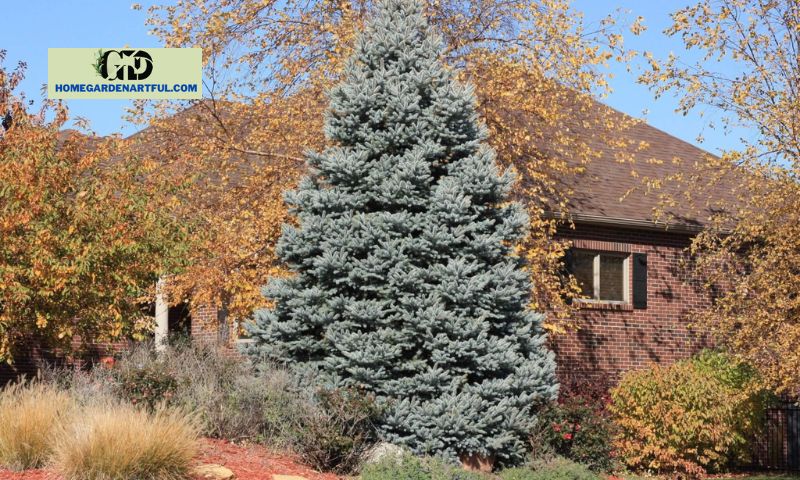Discover the secrets of successful fat albert spruce cultivation. Learn about suitable climates, planting tips, watering, fertilization, and shaping techniques.
Introduction
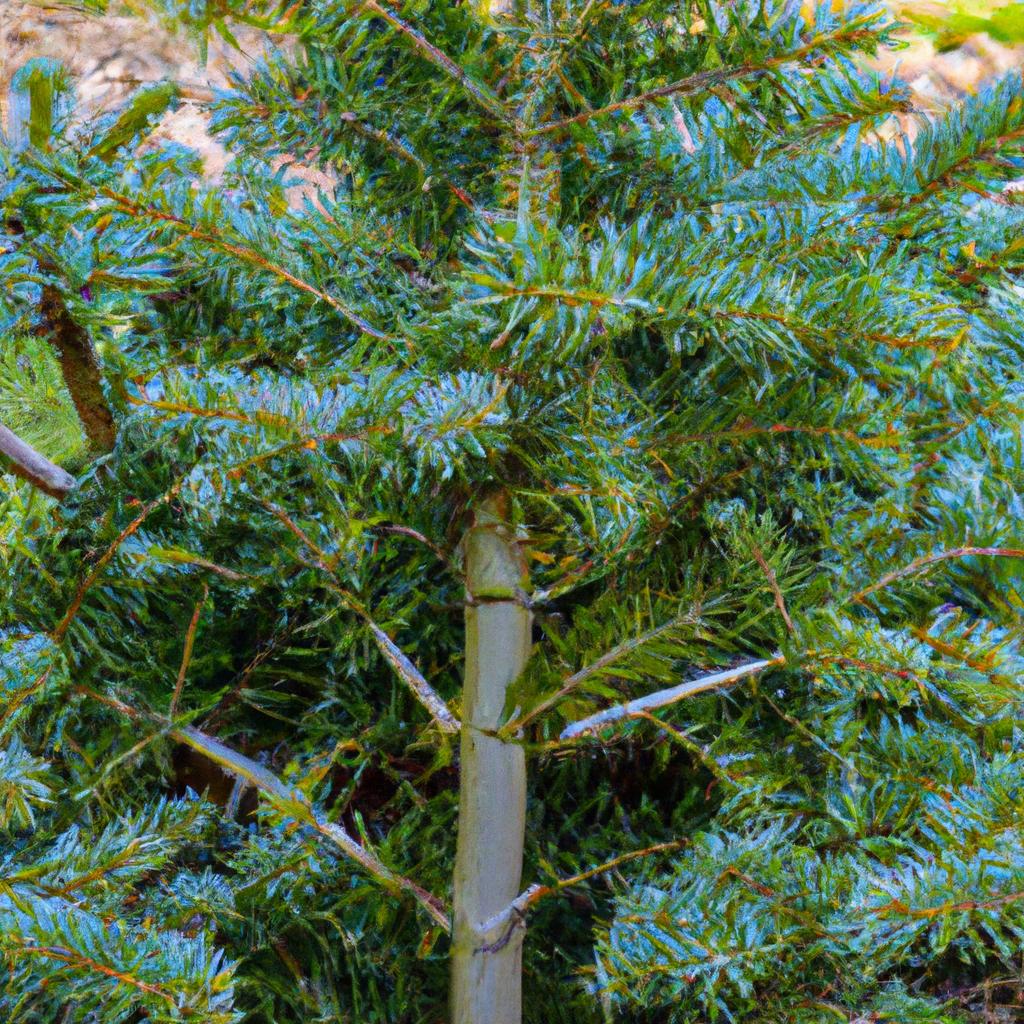
Are you looking to enhance the beauty of your garden with a tree that exudes elegance and charm? Look no further than the magnificent Fat Albert Spruce. This captivating evergreen, scientifically known as Picea pungens ‘Fat Albert,’ is a popular choice among landscaping enthusiasts for its stunning visual appeal and versatility. At homegardenartful.com, let’s delve into the world of Fat Albert Spruce and discover why it’s a must-have addition to any garden.
What is Fat Albert Spruce?
Fat Albert Spruce is a distinctive variety of Colorado Blue Spruce, renowned for its striking blue-green needles that create a captivating contrast against the winter landscape. Its unique pyramid-like shape and dense foliage make it a standout feature in any garden design. This evergreen conifer is named after the beloved cartoon character, Fat Albert, due to its rounded and plump appearance, adding a touch of whimsy to its already awe-inspiring beauty.
Why Choose Fat Albert Spruce?
Imagine a tree that not only enhances the aesthetics of your landscape but also provides year-round beauty. Fat Albert Spruce offers just that. Whether you’re aiming for a formal or naturalistic garden design, this tree’s unique shape and color will create a focal point that draws the eye and leaves a lasting impression. Its ability to thrive in various climates and soil conditions further adds to its desirability. Additionally, the low maintenance requirements of the Fat Albert Spruce make it an ideal choice for both novice and experienced gardeners alike.
In the next section, we will explore the characteristics of Fat Albert Spruce, delving into its physical features and growth habits. Let’s uncover how this enchanting tree can transform your landscape into a captivating oasis.
Characteristics of Fat Albert Spruce
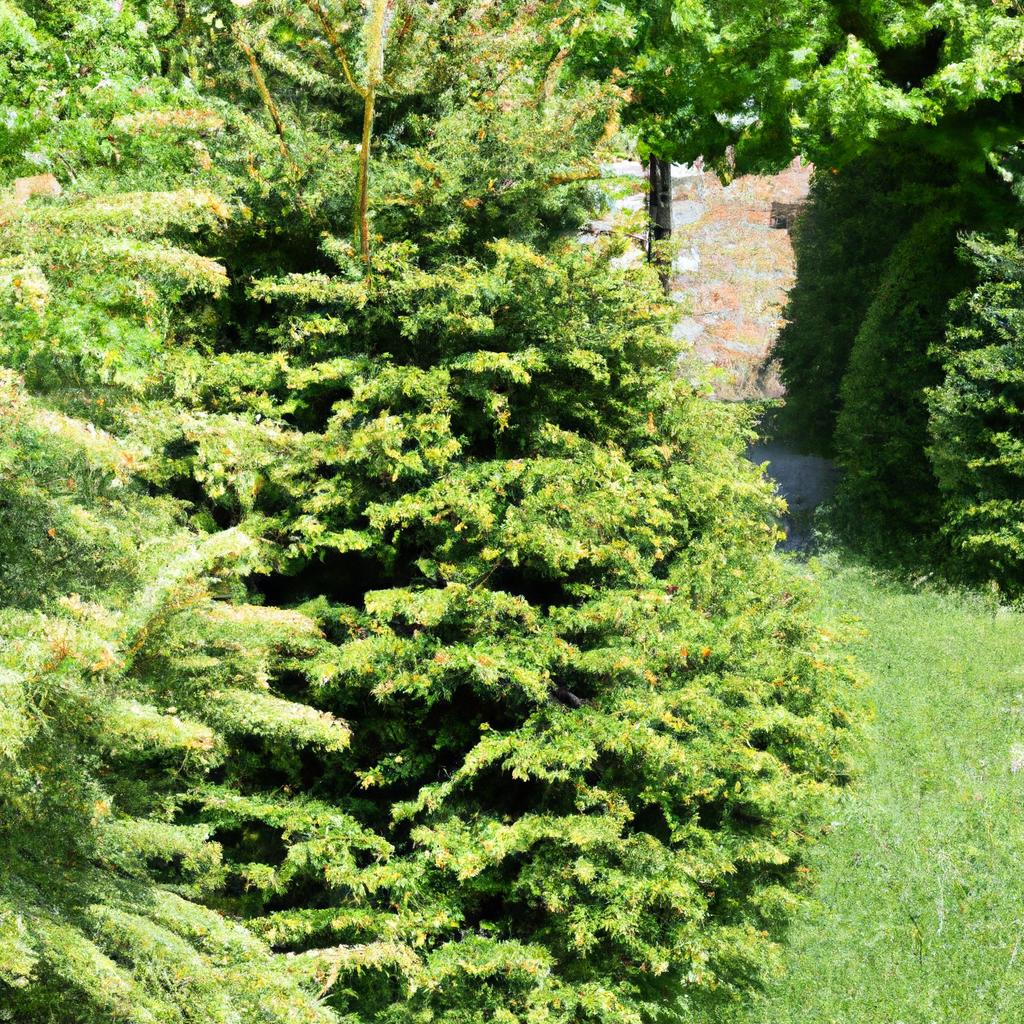
Overview of Physical Appearance and Features
When it comes to visual appeal, Fat Albert Spruce reigns supreme. This majestic tree boasts a compact, conical shape with branches that extend horizontally, giving it a well-balanced and symmetrical appearance. Standing proudly, it can reach heights of up to 30 feet, making it a perfect choice for small to medium-sized landscapes.
The star of the show, however, is its breathtaking foliage. The needles of the Fat Albert Spruce are a vibrant blue-green hue, and they retain their color throughout the year. Touching these needles reveals a surprisingly soft texture, adding to the allure of this remarkable tree. Whether in winter or summer, it serves as a stunning focal point that effortlessly adds elegance to any garden.
Growth Habits and Size
Fat Albert Spruce is known for its slow to medium growth rate, allowing you to enjoy its beauty for years to come. With an annual growth of approximately 6 to 12 inches, this tree ensures that you won’t have to worry about constant pruning or maintenance. Its compact size and moderate growth make it an excellent choice for smaller gardens or as an accent tree in larger landscapes.
Leaf Structure and Color
The unique foliage of Fat Albert Spruce is a true showstopper. Its needles are short and stiff, measuring around 1 inch in length. These needles are arranged in a spiral pattern around the branches, creating a dense and full appearance. The distinct blue-green color of the needles adds depth and richness to the tree, making it stand out amongst other evergreens. Even during the coldest winter months, Fat Albert Spruce remains steadfast, displaying its vibrant hues and proving its resilience.
In the next section, we will explore the cultivation and care tips for Fat Albert Spruce, ensuring that your tree thrives and continues to grace your garden with its captivating presence.
Cultivation and Care
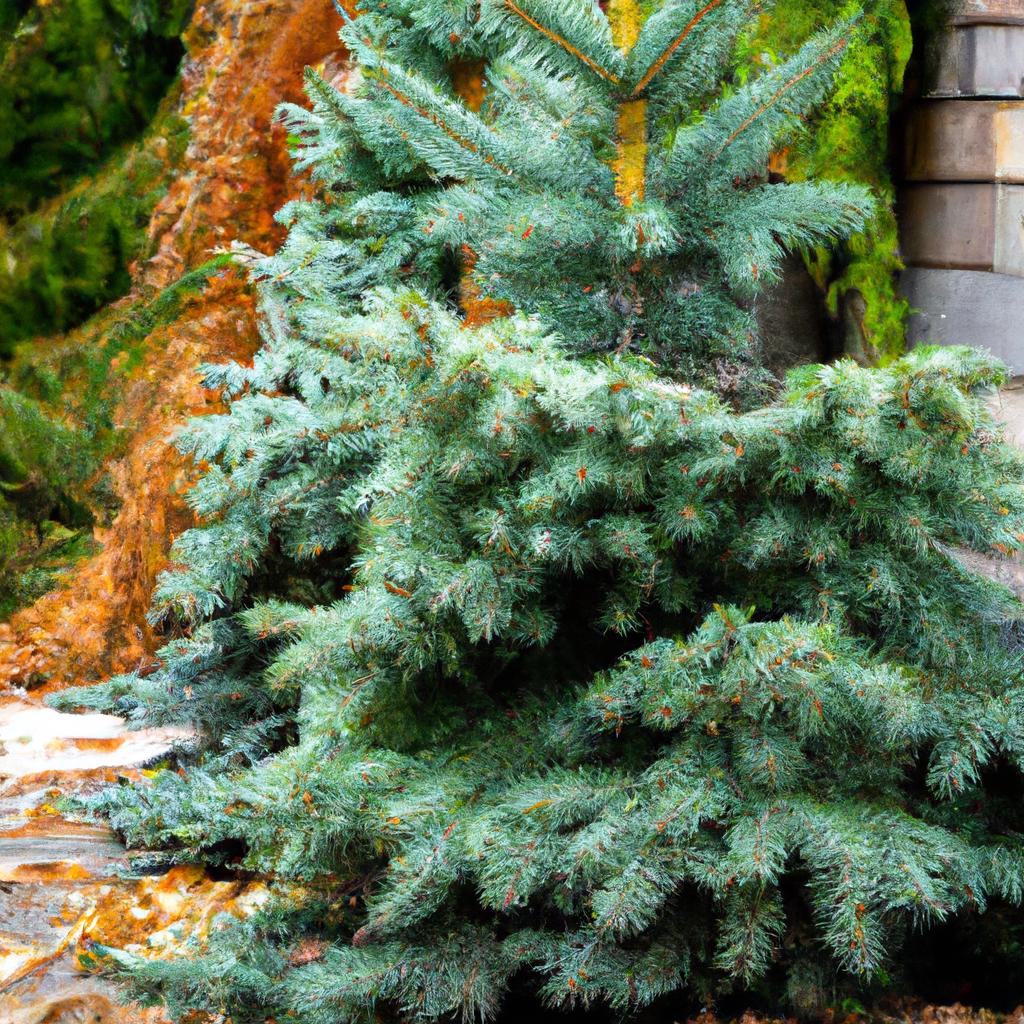
Suitable Climate and Soil Conditions for Growing Fat Albert Spruce
When it comes to cultivating Fat Albert Spruce, selecting the right climate and soil conditions is crucial for its growth and overall health. This resilient tree thrives in USDA hardiness zones 2 to 8, making it adaptable to a wide range of climates. Whether you reside in the cool northern regions or the milder southern areas, Fat Albert Spruce is a suitable choice for your garden.
As for soil preferences, this evergreen conifer prefers well-drained soil with a slightly acidic to neutral pH level. It can tolerate various soil types, including clay, loam, or sandy soil. However, ensuring proper drainage is essential to prevent waterlogged roots, which can lead to root rot.
Planting Instructions and Tips for Successful Cultivation
To give your Fat Albert Spruce the best start, follow these planting instructions and tips:
- Selecting the Right Location: Choose a spot in your garden that receives full sunlight for at least six hours a day. This will promote healthy growth and vibrant foliage.
- Digging the Hole: Dig a hole that is twice as wide as the root ball and slightly shallower than the depth of the root ball. This will allow the roots to spread out comfortably.
- Amending the Soil: If your soil is heavy clay or poorly drained, amend it with organic matter such as compost or peat moss to improve drainage and nutrient availability.
- Planting the Tree: Gently place the Fat Albert Spruce in the hole, ensuring that the top of the root ball is level with or slightly above the soil surface. Backfill the hole with the amended soil, firming it gently around the roots.
- Watering and Mulching: After planting, thoroughly water the tree to settle the soil. Apply a layer of mulch around the base, taking care to keep it a few inches away from the trunk. Mulch helps retain moisture, regulates soil temperature, and suppresses weed growth.
Watering and Fertilization Requirements
Proper watering and fertilization are essential for the healthy growth and vitality of your Fat Albert Spruce. Here are some guidelines to keep in mind:
- Watering: While Fat Albert Spruce is relatively drought-tolerant once established, adequate watering during its initial years is crucial. Water deeply and infrequently, ensuring that the soil is evenly moist but not waterlogged. Aim to provide around 1 inch of water per week, either through rainfall or irrigation.
- Fertilization: Fat Albert Spruce benefits from a balanced slow-release fertilizer applied in early spring. Follow the manufacturer’s instructions for the appropriate amount to use based on the size and age of your tree. Avoid over-fertilization, as it can lead to excessive growth and weak branches.
Pruning and Shaping Techniques
Pruning is an important aspect of maintaining the shape and structure of your Fat Albert Spruce. Follow these pruning and shaping techniques to ensure the health and aesthetic appeal of your tree:
- Timing: Prune your Fat Albert Spruce in late winter or early spring before new growth emerges. This allows the tree to heal quickly and minimizes stress.
- Removing Dead or Damaged Branches: Start by removing any dead, diseased, or broken branches. This helps prevent the spread of diseases and improves overall tree health.
- Thinning: To maintain a balanced and open form, selectively remove overcrowded or crossing branches. This allows better air circulation and light penetration throughout the tree.
- Shaping: If desired, gently prune the tips of the branches to maintain the tree’s desired shape and size. However, avoid excessive pruning, as it can lead to bare patches and affect the tree’s natural beauty.
By following these cultivation and care practices, you can ensure that your Fat Albert Spruce thrives and becomes the centerpiece of your garden. In the next section, we will explore the numerous benefits and uses of this remarkable tree.
Common Issues and Solutions
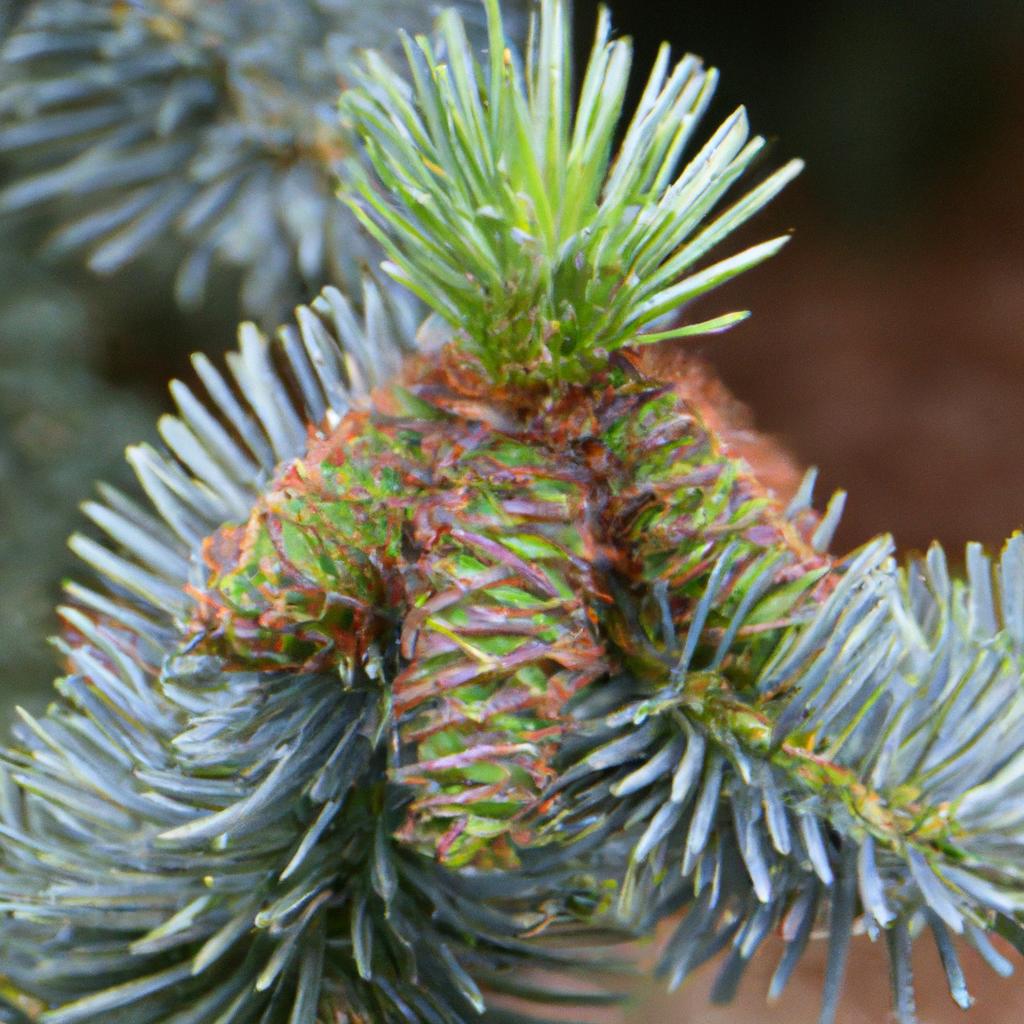
Pests and Diseases that may affect Fat Albert Spruce
Just like any other plant, Fat Albert Spruce is susceptible to certain pests and diseases. However, with proper care and timely intervention, you can keep your tree healthy and thriving. Here are some common issues you may encounter:
- Aphids: These tiny insects can infest the needles and cause them to curl or turn yellow. To combat aphids, you can use insecticidal soap or introduce natural predators like ladybugs to your garden.
- Spider Mites: These minuscule pests thrive in dry conditions, sucking the sap from the needles, which leads to discoloration and webbing. Regularly spraying the tree with water and applying miticides can help control spider mites.
- Needle Cast Diseases: Several fungal diseases, such as Rhizosphaera needle cast and Stigmina needle cast, can cause the needles to turn brown and fall off prematurely. Pruning infected branches and applying fungicides during the tree’s dormant season can help manage these diseases effectively.
Preventive Measures and Treatments for Common Problems
To ensure the health and vitality of your Fat Albert Spruce, it’s crucial to take preventive measures and address any issues promptly. Here are some tips:
- Proper Planting: Ensure you plant your tree in well-draining soil and provide adequate spacing to promote good air circulation and prevent fungal diseases.
- Regular Watering: Fat Albert Spruce requires consistent moisture, especially during dry periods. Water deeply and avoid overwatering to prevent root rot.
- Mulching: Apply a layer of organic mulch around the base of the tree, keeping it a few inches away from the trunk. This helps retain moisture, regulate soil temperature, and prevent weed growth.
- Pruning and Shaping: Regularly prune your tree to remove dead or diseased branches and maintain its desired shape. However, avoid excessive pruning, as it can weaken the tree.
Maintaining the Health and Vitality of the Tree
To keep your Fat Albert Spruce thriving, it’s essential to provide it with optimal care. Here are some general guidelines:
- Fertilization: Apply a slow-release, balanced fertilizer in early spring to provide essential nutrients. Avoid excessive fertilization, as it can lead to excessive growth and weak branches.
- Monitoring and Inspection: Regularly inspect your tree for signs of pests, diseases, or stress. Early detection and prompt action can prevent further damage.
- Winter Protection: Protect your tree from harsh winter conditions by providing a layer of mulch around the base and using burlap or anti-desiccant sprays to shield it from cold winds.
By following these preventive measures, promptly addressing issues, and providing proper care, you can ensure the long-term health and vitality of your Fat Albert Spruce, allowing it to grace your garden with its majestic beauty for years to come.
In the next section, we will conclude our exploration of Fat Albert Spruce, summarizing its benefits and ultimately inspiring you to consider this remarkable tree for your landscape.
Conclusion
In conclusion, Fat Albert Spruce is an exquisite addition to any garden or landscape design. Its unique features, such as the striking blue-green needles and distinct shape, make it a standout tree that brings beauty and elegance to any outdoor space. Whether you’re aiming for a formal garden or a naturalistic landscape, the versatility and visual appeal of Fat Albert Spruce make it a perfect choice.
By planting Fat Albert Spruce, you not only create a focal point that captivates the eye but also contribute to the overall environmental well-being. This evergreen conifer offers numerous benefits, including acting as a windbreak, providing privacy, and enhancing biodiversity by attracting wildlife.
To successfully cultivate Fat Albert Spruce, it’s essential to consider the suitable climate and soil conditions for optimal growth. Additionally, following proper planting instructions, providing adequate watering and fertilization, and implementing pruning and shaping techniques will ensure the tree’s health and longevity.
So, why wait? Transform your garden into a captivating oasis with the majestic beauty of Fat Albert Spruce. Visit homegardenArtful.com today to explore a wide selection of Fat Albert Spruce trees and start your journey towards creating a picturesque landscape that will leave your neighbors in awe.
Remember, at homegardenArtful.com, we are dedicated to providing you with the highest quality trees and plants for all your landscaping needs. Embark on your gardening adventure and let the enchanting allure of Fat Albert Spruce bring charm and elegance to your outdoor space.

